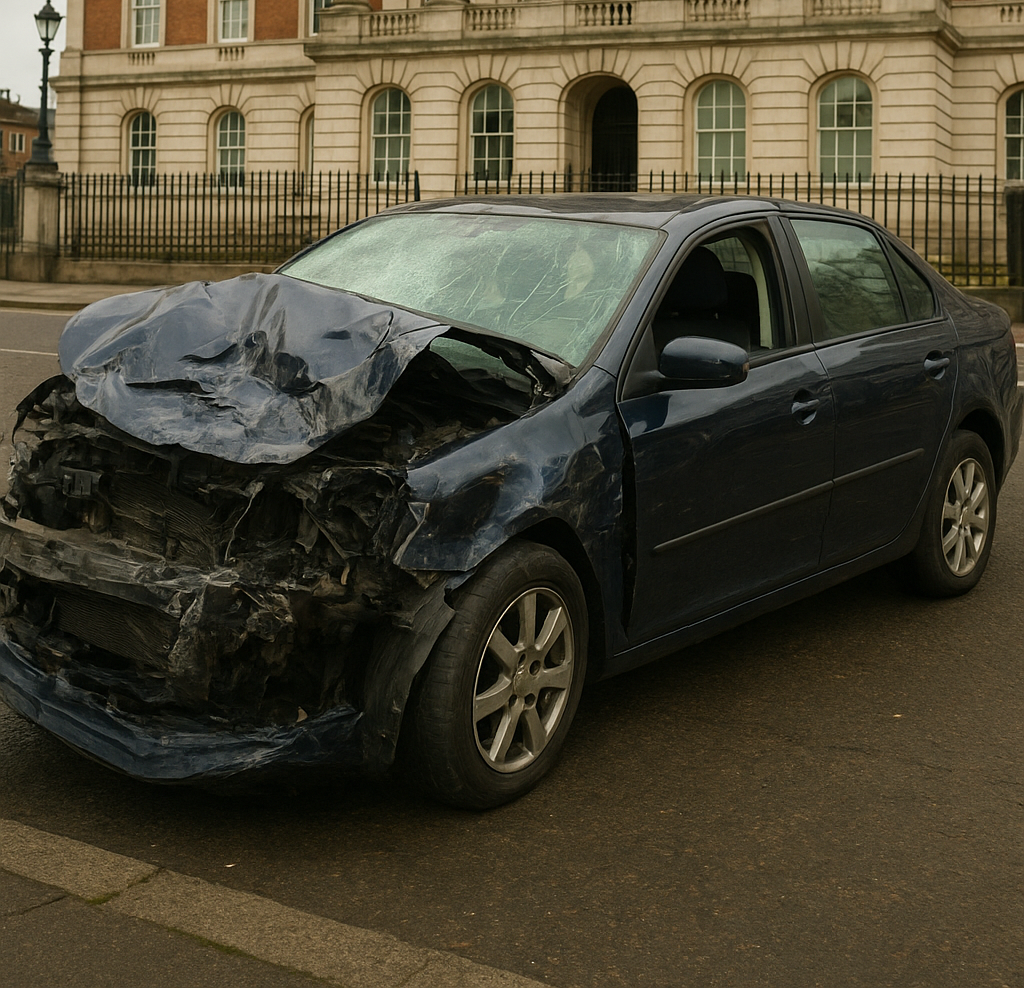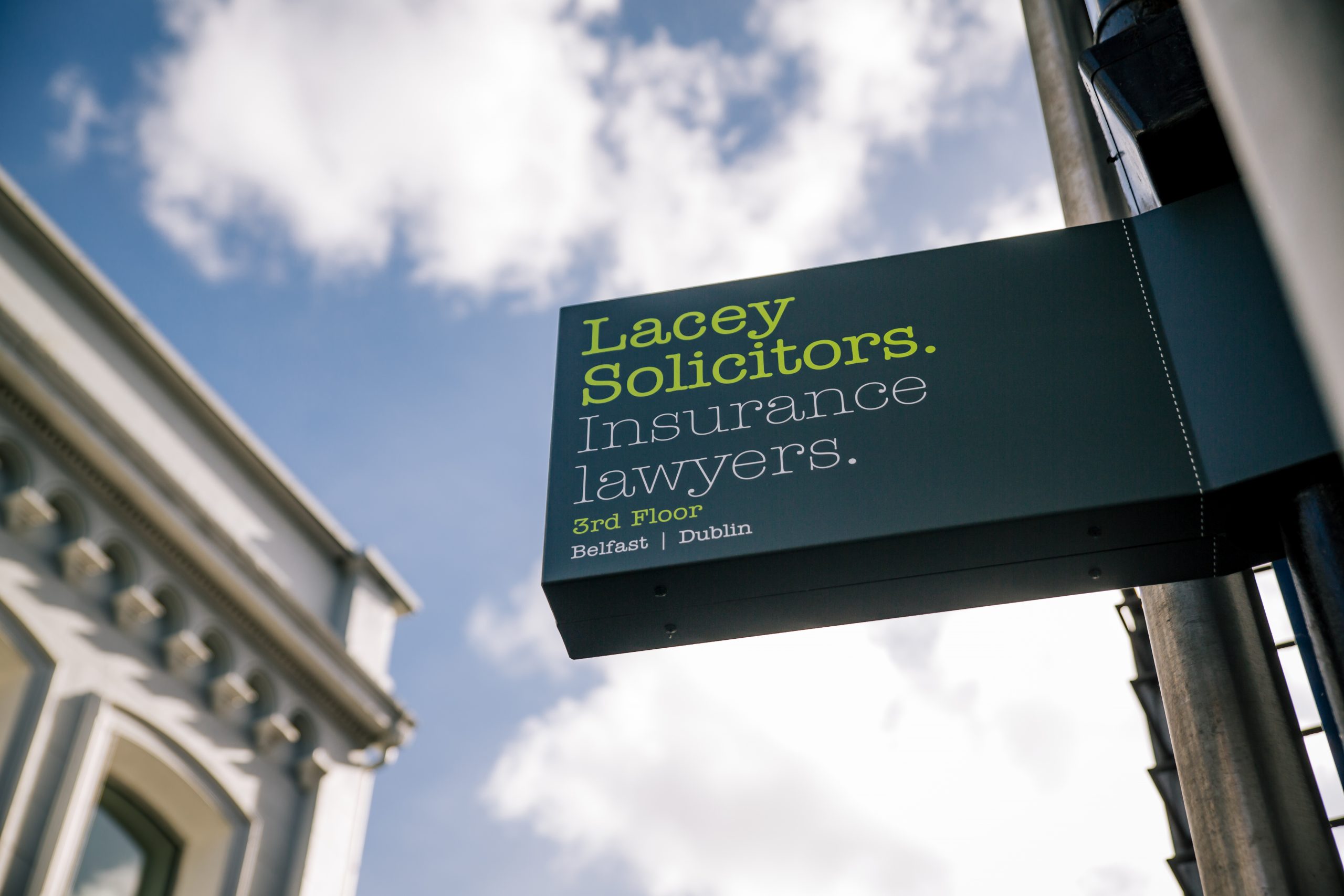Consent is a central issue in medical negligence law. Patients are entitled to make informed decisions about medical treatment, and doctors have a legal duty to disclose risks and alternatives that are material to the patient’s decision. Failure to obtain proper consent may constitute negligence, even if the procedure itself is performed competently.
This article analyses the development of consent law through key UK and international cases.
Bolam v Friern Hospital Management Committee [1957]
Bolam established the foundational test for medical negligence: a doctor is not negligent if they act in accordance with a practice accepted as proper by a responsible body of medical opinion. However, this principle is limited: professional opinion must be capable of withstanding logical analysis; otherwise, it cannot excuse negligence.
Bolam initially governed both the standard of care in treatment and the scope of disclosure to patients. For a more detailed discussion of the application of the Bolam and Bolitho tests in Northern Ireland and the Republic of Ireland, see our previous article Medical Negligence Claims: The Difference in Northern Ireland and the Republic of Ireland.
Canterbury v Spence [1972]
Although an American case, Canterbury v Spence is frequently cited in discussions of consent. The claimant was not informed of a 1% risk of paralysis from spinal surgery.
The court emphasised a “prudent patient” standard, focusing on what a reasonable patient would wish to know rather than what a doctor deemed necessary. This case introduced the principle that consent should prioritise patient autonomy.
The ruling represented a major shift from the traditional medical standard (known as the Bolam test in the UK) where a doctor’s duty of care was judged by other doctors. Instead, the court prioritized patient autonomy and the patient’s right to self-determination.
Sidaway v Bethlem Royal Hospital [1985]
In Sidaway, the House of Lords confirmed a doctor-centred approach to consent under UK law: disclosure of risks is largely a matter of professional judgment. If a responsible body of medical opinion would not have warned the patient of a particular risk, failure to disclose would not constitute negligence. Sidaway reinforced the dominance of Bolam in disclosure cases until later reforms.
Chester v Afshar [2004] – Causation and the Right to Choose
Chester marked a critical development in consent law, particularly regarding causation. The claimant underwent back surgery without being warned of a 1% risk of paralysis.
Ordinarily, negligence requires establishing a “but for” causal link: the injury would not have occurred but for the breach. The House of Lords recognised that strict application of the “but for” test could undermine the patient’s right to make an informed choice. Key points:
- What matters is whether the patient was denied the opportunity to make an informed choice at the relevant time.
- A claimant does not need to show they would never have had the procedure, only that they would have deferred it or sought further advice.
Lord Hope stated:
“The function of the law is to protect the patient’s right to choose. If it is to fulfil that function, it must ensure that the duty to inform is respected by the doctor.”
Chester established that failure to warn can constitute negligence in itself, modifying the traditional causation requirement in this narrow context.
Montgomery v Lanarkshire Health Board [2015] – Modern Test for Consent
Montgomery is the leading authority on consent in England and Wales. The claimant, a small woman with diabetes, was not informed of a 9–10% risk of shoulder dystocia during vaginal delivery. The doctor did not disclose this risk, believing the patient would otherwise opt for a C-section, which he considered not in her best interests.
The Supreme Court clarified the law:
- An adult of sound mind is entitled to decide which, if any, treatment to undergo. Consent must be obtained before any intervention affecting bodily integrity.
- Doctors have a duty to take reasonable care to ensure the patient is aware of any material risks and reasonable alternatives.
- The materiality test is whether a reasonable person in the patient’s position would attach significance to the risk, or if the doctor knows or should reasonably know that the particular patient would attach significance.
Montgomery firmly shifted UK law to a patient-centred standard, prioritising autonomy over professional discretion.
Deuce v Worcester Acute Hospitals NHS Trust [2018] – Limits of Chester
In Deuce, the claimant underwent a total abdominal hysterectomy and subsequently developed neuropathic post-surgical pain. She claimed the Trust failed to warn her of the risk of chronic post-surgical pain, material under Montgomery.
The trial judge found:
- No negligence in disclosure.
- Causation not established; the claimant would have undergone the surgery regardless.
On appeal, the Court of Appeal confirmed:
- The Montgomery test had been correctly applied.
- The modified causation rule in Chester does not remove the need to show a “but for” link — specifically, that the surgery would not have occurred at the relevant time.
- Following Correa v University Hospital of North Staffordshire NHS Trust, if relying on Chester’s exceptional principle, it must be pleaded and proved that the claimant would have deferred surgery had the risk been disclosed.
Deuce illustrates the limits of Chester: it does not create a general relaxation of causation, but applies only where the claimant can demonstrate that informed choice would have affected the timing of the procedure.
Bilal and Malik v St. George’s University Hospitals NHS Foundation Trust – Determining Alternative Treatments
Bilal and Malik considered the correct approach to offering alternative forms of treatment: should this be assessed under the Bolam test (a question for the medical professional) or under Montgomery (a question for the patient)?
- Under Bolam, a doctor would not be negligent if a reasonable body of medical opinion agreed that it was acceptable to withhold or recommend certain treatments.
- Under Montgomery, materiality is judged from the patient’s perspective, focusing on whether a reasonable patient would attach significance to the risk or treatment choice.
Judge Davies clarified that these principles operate in tandem:
- It is for the doctor to assess what reasonable alternatives exist for treatment — i.e., the medical assessment of options remains guided by professional judgment under Bolam.
- It is for the court to determine the materiality of the risks associated with each proposed treatment. The test is whether a reasonable person in the patient’s position would attach significance to the risk.
This distinction preserves the doctor’s expertise in evaluating treatment options while ensuring that disclosure of material risks and alternatives is judged according to patient-centred standards under Montgomery.
Summary and Conclusion
- Bolam remains good law for ordinary clinical negligence cases. The standard of care is still assessed by reference to a responsible body of medical opinion capable of withstanding logical analysis.
- Material risks and reasonable alternatives must be judged from the perspective of the prudent patient, not by reference to professional practice. This principle was established in Montgomery: disclosure is patient-centred, focusing on what a reasonable person in the patient’s position would consider significant.
- Causation in consent cases generally follows the ordinary “but for” rules. However, the test is modified in limited circumstances where the claimant can demonstrate that, had they been properly informed, they would have taken time to consider their options before consenting. This was seen in Chester v Afshar and reaffirmed in Deuce.
- Alternative treatments — whether they are reasonable and should be brought to the patient’s attention — remain a professional practice matter, assessed under the Bolam standard. This approach was clarified in Bilal and Malik. The doctor determines which treatment options are reasonable; the court assesses which risks are material for disclosure to the patient.
In essence, the law draws a careful distinction: medical judgment governs what treatments are reasonable, but patient autonomy governs what risks and alternatives must be disclosed. Practitioners must consider both elements when advising clients or evaluating potential claims.
Contact Lacey Solicitors Belfast & Dublin – Medical Negligence Solicitors
At Lacey Solicitors, our approach to medical negligence claims is straightforward and client-focused. We begin by listening carefully to your story and explaining your legal options in plain English. From there, we gather the necessary medical evidence and reports to support your case, and we fight diligently for fair compensation and justice. If you or a loved one has suffered due to medical negligence in Northern Ireland or the Republic of Ireland, we are here to help.
Trust our experience and let us help you move forward. Use our Online Portal and a solicitor will contact you within 24 hours for a few no-obligation chat.








![Understanding Liability in James v Halliday [2024] IEHC 281](https://laceysolicitors.com/wp-content/uploads/2024/07/maria-adams.jpg)







